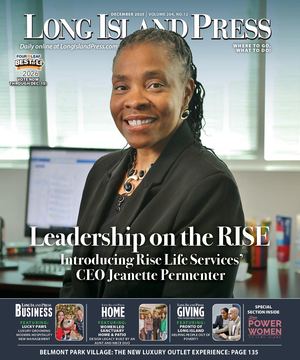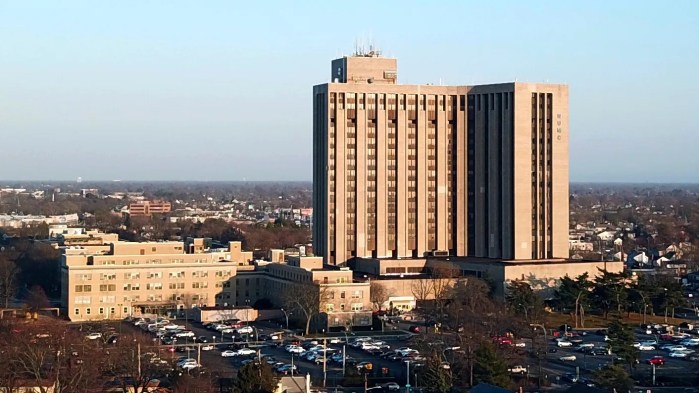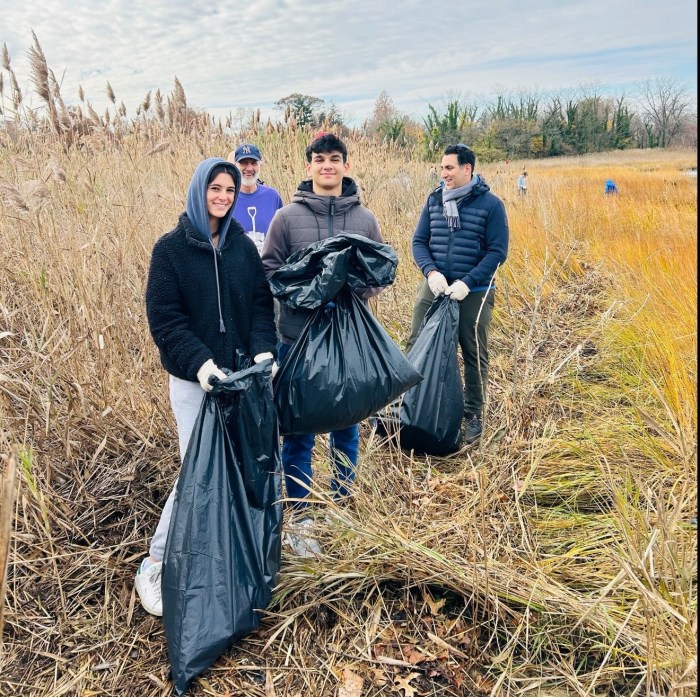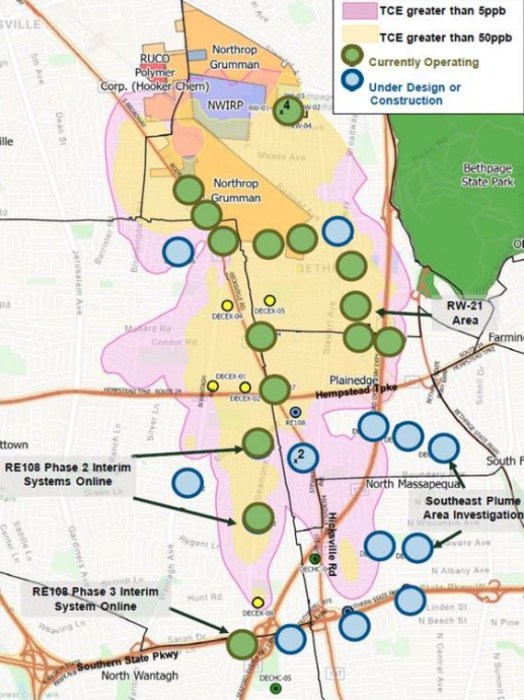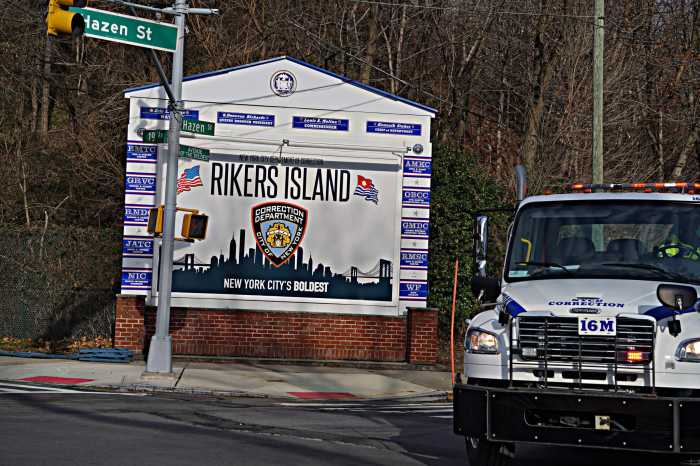Women have a 12.9% — or about 1 in 8 — chance of contracting breast cancer during their lifetime, according to the National Cancer Institute. While breast cancer risk increases with age, a 2024 American Cancer Society (ACS) report highlights a troubling trend: Breast cancer is rising faster among women under age 50 than in older women. Between 2012 and 2021, incidence rates rose by about 1.4% per year for women under age 50, compared with 1% per year for women age 50 and up.
Generally speaking, breast cancer incidence is highest among women over age 70, with 63 being the median age for diagnosis, according to Susan G. Komen. But it is not uncommon for Long Island doctors to treat younger women with breast cancer.
“While it’s very unusual for patients in their 20s to have breast cancer, we will often have a patient or two in their 30s coming in for chemotherapy, and we see many women in their 40s and 50s,” says Dr. Jules Cohen, a medical oncologist at Stony Brook Cancer Center.
“It’s always a shock for patients to get a breast cancer diagnosis,” says Dr. Cindy Cen, a breast surgeon at Northwell Cancer Institute in Lake Success.
According to Cen, “No one knows why the rates of breast cancer are increasing among young women.” But the trend underscores the importance of younger women knowing the screening guidelines and the risk factors, some of which are modifiable.
Risk Factors
Besides advancing age, many factors contribute to breast cancer risk. “Some factors are within our control, and others are not,” says Dr. Shani J. Fruchter, a breast surgeon with Optum Medical Care in New Hyde Park.
Having a personal or family history of breast cancer, particularly among first-degree relatives (such as a mother, sister or daughter), raises risk. A small percentage of women have genetic mutations, such as BRCA1 or BRCA2, which can be discovered through genetic testing, and which significantly increase risk of breast and ovarian cancer.
In addition, “The greater your lifetime exposure to estrogen, the greater your risk,” says Fruchter. Women who start their periods at a younger age, go through menopause later, do not have children or have their first child after age 30, and do not breastfeed have greater lifetime exposure to estrogen and therefore are at increased risk.
Having dense breasts can also increase the risk of breast cancer while making it more difficult for breast cancer to be identified on a mammogram.
As estrogen is stored and produced in fat tissue, having excess body fat increases estrogen exposure and cancer risk. “Obesity increases your risk for cancer in general and breast cancer in particular,” Cohen says. Exercising, which promotes a healthy body weight, has also been shown to be protective independently, Cen says.
Alcohol consumption is a major modifiable risk factor. “Earlier this year, the U.S. surgeon general issued a new advisory about alcohol and cancer risk, and breast cancer was highlighted,” Cen says. The advisory noted a causal link between alcohol and breast cancer and cautioned that even drinking one alcoholic drink or less per day increases risk. Smoking is also a risk factor for breast cancer and other cancers.
“What’s good for overall health is good for breast health,” Fruchter says. “Women can decrease their risk by eating healthy, maintaining a healthy body weight, exercising, limiting alcohol, and not smoking.”
Breast Cancer Screening
Women at average risk for breast cancer should start having yearly screening mammograms at age 40, says Cen, who notes that screening typically begins earlier for higher-risk women.
“It’s never too early for women to have a conversation with their doctor about their level of risk,” Cen says. “Lifestyle counseling can be administered and an individualized screening protocol can be recommended. If there are areas of concern, women may be referred for genetic counseling and genetic testing, the results of which may impact recommendations for screening.”
A common recommendation is for women to begin screening mammograms 10 years before the age of their first-degree family member’s diagnosis, if applicable. “For instance, if your mom was diagnosed with breast cancer at age 46, you would start at 36,” Cen says.
For women with dense breasts, Cen typically recommends screening ultrasounds in addition to mammograms. For women with a lifetime breast cancer risk of 20% or higher, an annual screening MRI is often recommended and offered at six-month intervals with mammograms, she adds.
In some cases, preventive strategies may include taking antiestrogen medication such as tamoxifen, Cohen says. “A lot of young women don’t want to take a pill if they don’t feel sick, and there’s a stigma surrounding antiestrogen therapy. But most women tolerate it well, with minimal side effects, and for many high-risk women, it is worth considering,” he says.
Dr. Cohen notes that women can get an idea of their risk level with easy-to-use online risk assessment tools such as the Gail model or the Tyrer-Cuzick model, which calculate risk based on data such as an individual’s age, height, weight, age of first period, reproductive history and family cancer history.
It’s also never too early for women to start performing monthly breast self-examinations, Fruchter says. “Do it at the same point in your cycle every month, such as a week after your period starts, and discuss any concerns with your doctor,” she says, noting that regular self-exams allow women to learn what is normal for their breasts, and what is not.
